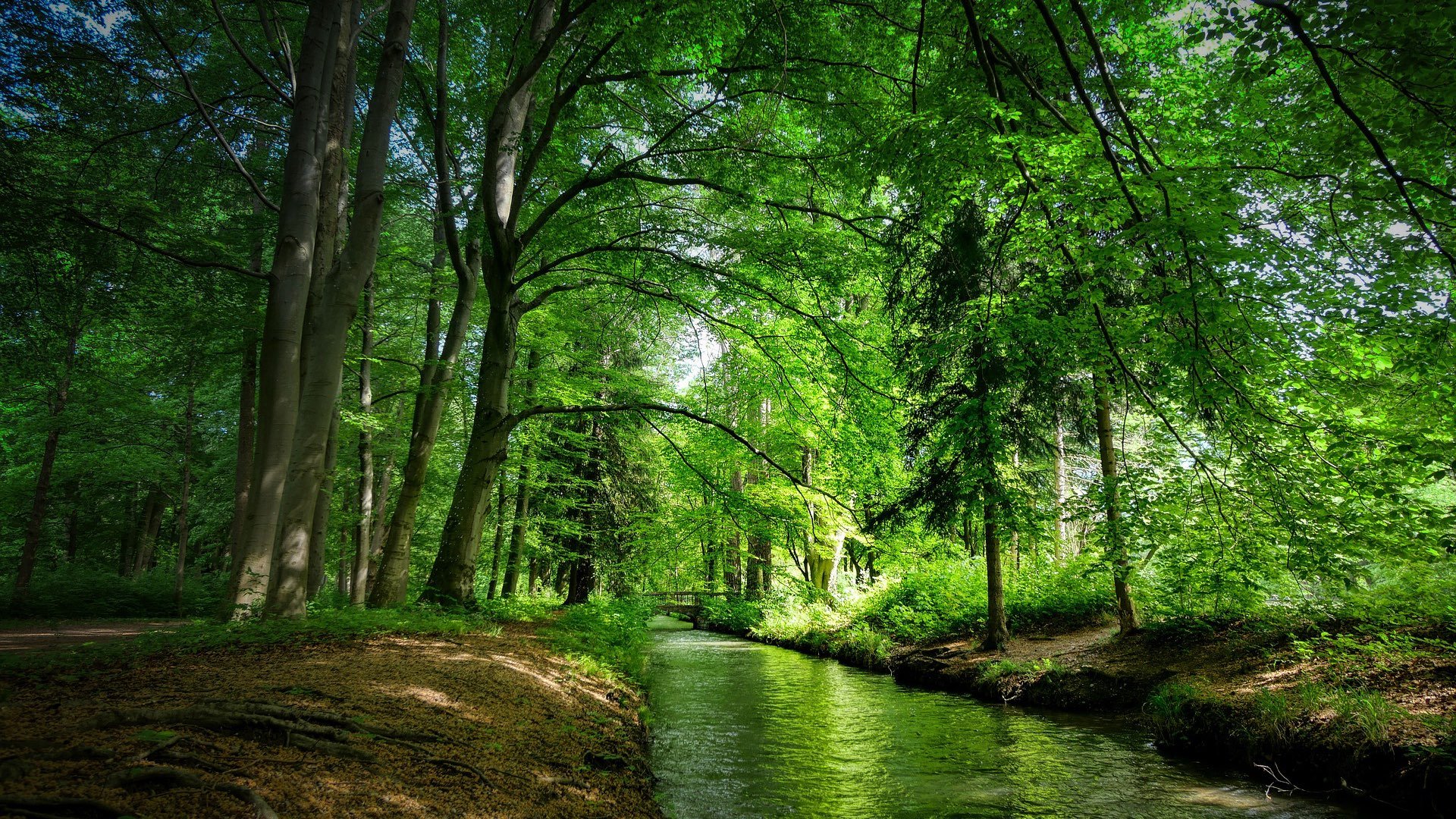Forest Bathing for a Healthy Heart
Heart disease is on the rise in Canada. It is estimated that 600,000 Canadians are living with heart disease and 50,000 more are diagnosed each year; a burden of $2.8 billion on the health care system. Some factors to developing heart disease are unavoidable, such as family history or your age, but there are a number of factors that you can control. Eating heart-healthy foods, exercising regularly, stopping smoking, limiting alcohol consumption, and getting enough sleep can go a long way towards reducing your risk for heart disease. But Canada has an additional resource that has been proven to be an effective therapy for heart disease and is not being used, our forests.
The act of forest bathing, or shinrin-yoku, originated in Japan in the 1980s and has since grown in popularity as a type of nature therapy. To perform forest bathing, one need only find a spot in a forest and sit or walk with the goal being to savour the sounds, smells and sights of nature. This activity is meant to imbue in you a sense of calm and relaxation, not unlike the calm and relaxation experienced after meditation. However, recent research has shown that the benefits of forest bathing can go beyond the psychological, even as far as helping to manage or prevent heart disease. And, seeing as Canada has more forest per person than any other country, it might be time we use them for more than economic, social, or environmental benefits – it is time we use them to promote a healthy heart.
A woman forest bathing (Image from Earth Trippers).
The Benefits of Forest Bathing
In Japan and China, where forest bathing is most common, academic research is studying the impacts of the activity on seniors with hypertension. This research is commonly analytic in nature and involves the comparison of groups of people either engaging in forest bathing or walking in an urban environment – urban bathers I call them. One of the major findings of this research is forest bathing’s effect on blood pressure. Whether it is a single 90-minute forest bathing trip or a week-long vacation, the results are the same, forest bathing lowers blood pressure, both systolic and diastolic.
In addition to lowering blood pressure, forest bathing can improve your mood. Research in China has shown that engaging in forest bathing can decrease negative emotions and increase positive ones. When compared to urban bathers, forest bathers have lower feelings of anxiety, depression, anger, and fatigue; and higher feelings of energy, cheerfulness, alertness, and liveliness. All this positive emotion puts you at a lower risk for hypertension.
Forest environments also have lower levels of airborne particulate matter compared to urban ones, and high levels of particulate matter are associated with elevated blood pressure and chronic heart problems. The effects pollution has on the heart can be immediate or long-term. For an elderly individual struggling with a build-up of fatty deposits in their arteries for example, pollutants can cause plaque to rupture resulting in a heart attack. Whereas, constant exposure to airborne pollutants could result in inflammatory effects on the heart leading to a chronic heart problem. Taking a break from these urban environments and visiting a forest might be exactly what the doctor ordered. And if that weren’t enough, forests have less noise pollution and a more comfortable climate, making it the perfect environment to engage in therapeutic activities.
A lush forest and quiet stream (Stock imagery)
Forest Bathing Options in Canada
Even though forest bathing is not as common in Canada as it is in Asian countries, there are still several locations that advertise forest bathing activities. One such example is the Scandinave Spa in Blue Mountains, Ontario which encourages their visitors to wander down their self-guided trail and to reconnect with nature before or after a spa experience. This can even be performed with a certified Forest Therapy Guide who will lead you on a slow quiet walk, invite you to pause, notice and engage more deeply with your surroundings. Doesn’t that sound amazing?
The best part is that forest bathing is something that can be done in any forest environment, with or without a guide. So, what are you waiting for?


